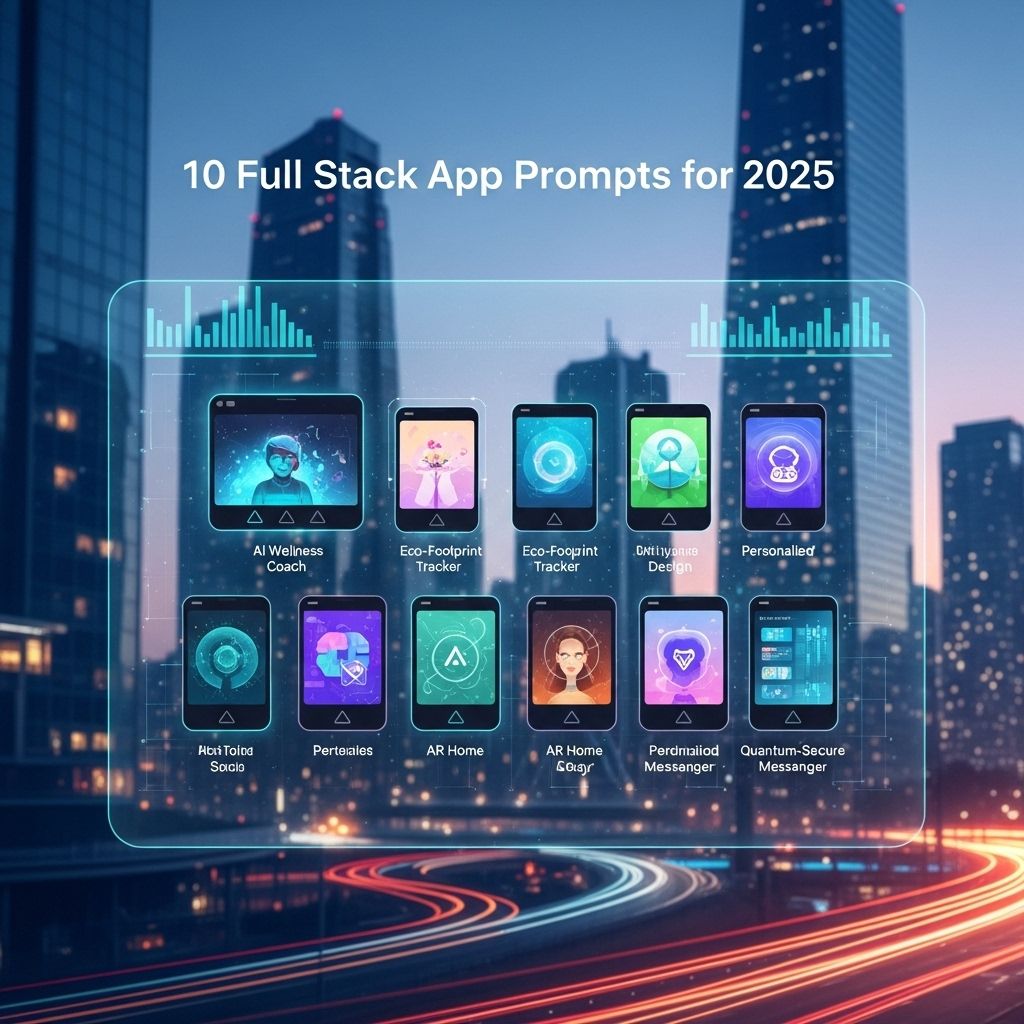The Importance of Responsive Design
In today’s digital age, creating responsive layouts is essential for any web designer or developer. A responsive design ensures that your website looks great and functions well on a variety of devices, from desktops to smartphones. The core principle of responsive design is to provide an optimal viewing experience, easy reading and navigation with a minimum of resizing, panning, and scrolling across a wide range of devices.
- Adaptability: Responsive design allows your website to adapt to the specific needs and constraints of each device. This adaptability is crucial since devices come in various shapes and sizes. Whether it’s a high-resolution tablet or a compact smartphone, a flexible layout maintains user engagement and satisfaction.
- Improved User Experience: Users are more likely to enjoy visiting a site that is easily navigable and visually appealing on their device. A seamless experience across all devices can lead to lower bounce rates and increased trust in your brand.
- SEO Benefits: Search engines prioritize websites that offer excellent mobile experiences. A mobile-friendly website not only attracts more visitors but also ranks higher in search results, leading to enhanced visibility and potential business growth.
Key Techniques for Responsive Layouts
There are several methods to achieve a responsive layout that works seamlessly across all devices. Understanding the following techniques will help you become a master of mobile design:
Fluid Grids
Fluid grids are a fundamental concept in responsive design. Instead of setting fixed pixel widths for your layout, use relative units like percentages. This fluidity allows elements to resize depending on the viewer’s screen size, ensuring consistency in design.
For instance, if you have a gallery of images that need to spread over multiple columns, a fluid grid will automatically adjust the number of images in each row according to the screen size. This adaptability ensures a clutter-free and impressive presentation, regardless of the device.
Flexible Images
Images are an important part of any website, and they need to be as flexible as your layout. Use CSS to ensure images resize proportionally, preventing them from breaking the layout on smaller screens. A popular method is using the max-width: 100%; CSS rule, which allows images to scale within their containing elements.
Additionally, consider using srcset attributes to serve different image resolutions based on the user’s device. This technique helps to optimize load times and improve the user experience without compromising on visual quality.
Media Queries
Media queries are stylesheets that apply CSS rules based on certain conditions, such as screen width. They allow you to alter your layout for different devices, ensuring a tailored experience for each user. For example, you can change your navigation menu from a horizontal list to a dropdown on smaller screens.
Beyond altering layouts, media queries can be used to show or hide content, adapt typographic scaling, or even swap out assets like background images. This ensures that your website delivers the best possible experience regardless of the device in use.
Common Challenges and Solutions
Though responsive design is crucial, it comes with its own set of challenges. Here are some common issues and their solutions:
- Navigation Menus: Complex navigation menus can become unruly on small screens. Consider using a ‘hamburger’ menu icon that expands to reveal the full navigation list. This approach declutters the interface while still offering full functionality when needed.
- Text Readability: Ensure that text remains legible without the need for zoom. Use scalable units for font sizes, such as ems or rems, to allow for better scalability. Test readability on various devices to ensure clarity and comfort for users on-the-go.
- Page Load Speed: Large images and multimedia can slow down page loading times, particularly on mobile. Optimize your images for faster loading and utilize lazy loading techniques where possible. Compression tools and modern image formats like WebP can further enhance load speeds without losing quality.
Tools to Help You Succeed
There are numerous tools available that can aid in creating responsive layouts effectively. Here are some popular ones:
- Bootstrap: This open-source toolkit provides pre-designed components that can help you build responsive websites quickly. Its grid system, components, and utilities are tailored for mobile-first development, streamlining the design process.
- Figma: A versatile design tool that allows for easy prototyping and testing of responsive designs. Figma’s real-time collaboration features make it easier for teams to iterate and develop responsive interfaces faster.
- Google Chrome Developer Tools: These are essential for testing the responsiveness of your website across various devices. Features like device mode simulation and network throttling help identify and fix performance bottlenecks efficiently.
Advanced Responsive Design Strategies
While fundamental techniques form the backbone of responsive design, exploring advanced strategies can elevate your approach and give you a competitive edge:
Mobile-First Design Approach
The mobile-first design approach involves designing for the smallest screen first, then enhancing the experience for larger devices. By prioritizing mobile constraints, you compel yourself to focus on the most essential features, leading to a cleaner interface and streamlined performance.
This method encourages designers to think about hierarchies and user journeys more critically, making it a potent strategy in delivering a sophisticated online experience.
Progressive Web Apps (PWAs)
Progressive Web Apps take responsive design a step further by incorporating app-like experiences in web environments. PWAs utilize features like offline support, push notifications, and home screen icons, bridging the gap between web and native apps. They offer responsive interfaces without sacrificing performance, making them particularly appealing for user engagement and retention on mobile devices.
Utilizing CSS Grid and Flexbox
While fluid grids and media queries cover foundational needs, employing CSS Grid and Flexbox can refine control over layout shifts and alignments. CSS Grid offers a two-dimensional layout capability that allows for complex and precise page structures. Flexbox, on the other hand, specializes in one-dimensional layouts, providing efficient ways to manage space even when the viewport dimensions change.
Both tools enhance your ability to design responsive pages that are both aesthetically pleasing and functionally impeccable.
FAQ
What are the core principles of responsive design?
Responsive design revolves around providing an optimal viewing experience across different devices through adaptability, fluid layouts, and media queries.
How does responsive design affect SEO?
Google and other search engines prioritize mobile-friendly sites, meaning a responsive design can significantly enhance your SEO performance.
What is the role of media queries in responsive design?
Media queries allow developers to apply specific styles based on conditions like screen width, ensuring layouts adjust according to device specifications.
Can I use existing frameworks for responsive design?
Yes, using frameworks like Bootstrap and Foundation can simplify the process of building responsive websites by providing ready-made responsive components.
How do responsive layouts improve conversion rates?
Responsive layouts streamline the user experience, which can lead to higher engagement, reducing bounce rates, and encouraging conversions. Users are more likely to interact with a site that is easy to navigate and visually consistent across their devices.




